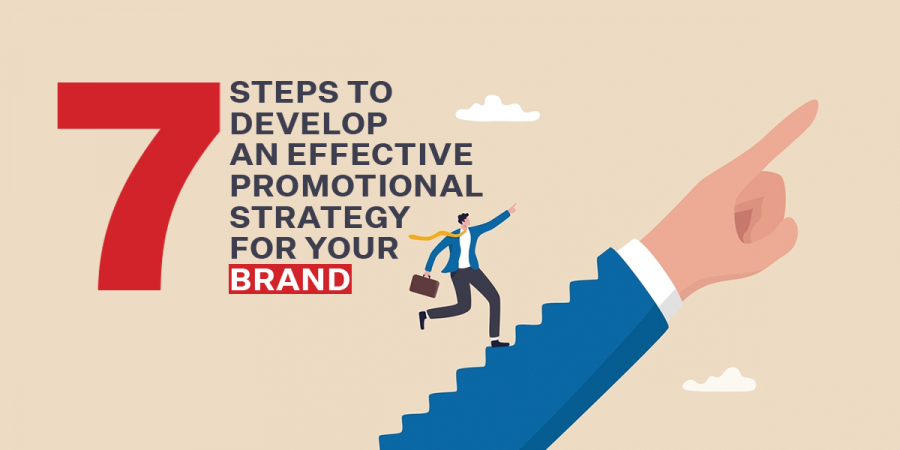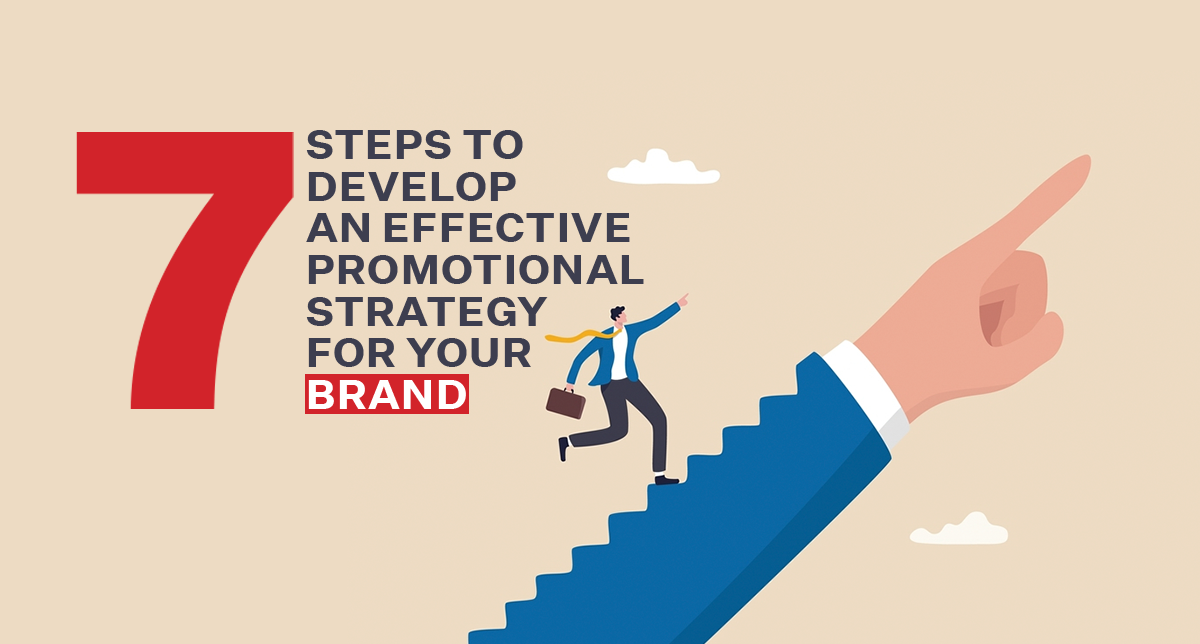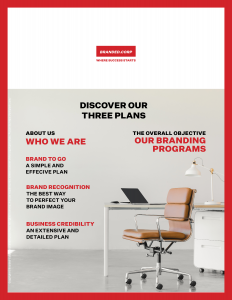7 Steps to Develop an Effective Promotional Strategy for Your Brand

With so many brands and businesses vying for attention, your promotional techniques could be the deciding factor for potential customers. The right promotion strategy will help you reach your target audience, get noticed by potential customers, and convince them that your product or service is worth their investment.
There are lots of factors to consider when developing a promotional strategy for a brand. The first step is to understand the brand’s identity and what makes it unique. Once you have a clear understanding of the brand, you can begin to develop a strategy that will effectively promote it to your target audience.
Keep reading to learn about some key factors you need to consider while developing a successful promotional strategy for your brand!
1. Figure Out Your Goals
Goals are essential for any promotional strategy. Without clear goals, your promotional activities will lack direction and focus.
It’s important for any brand to have clear goals in order to make the most of its efforts, time and money. Without one, a brand risks wasting resources on activities that don’t generate the desired results. By setting and focusing on specific goals, a brand can ensure that its marketing efforts are more likely to be effective in the long run.
Some common goals for brands when it comes to promotion are increasing brand awareness, creating an emotional connection, differentiating your offer, creating credibility and trust, and motivating purchase. Figure out which of these is most important for your business and start from there.
2. Know Your Target Audience (TG)
When it comes to promoting your brand, it’s important to know who your target audience is. This will help you determine whom to target and what type of promotional strategy will be most effective in reaching them and accordingly aid in cutting down your promotional costs.
As per Marketing Evolution’s report on “The Waste in Advertising”, an estimated 60% of digital marketing spend is wasted and one of the important factor among others is targeting or relevancy mistakes.
This being the significance of getting your TG right, the following are some of the steps to help you determine your TG:
· Analyze your existing customer base and carry out client interviews
· Conduct market research and identify industry trends
· Analyze competitors
· Create Personas
· Define who isn’t your target audience
· Continuously revise your TG based on your increased understanding from time to time
· Use Google analytics to learn more about your customers
3. Plan Your Budget
How much can you afford to spend on promotional activities? This will largely depend on the size and scope of your promotional campaign. If you’re planning a large-scale campaign, you’ll need to allocate more funds towards it.
Once you have an idea of your budget, you can start to plan out your promotional strategy. What kind of activities will you undertake? Will you run ads in newspapers or on billboards? Or will you focus on online marketing initiatives such as social media campaigns or email marketing?
There are endless possibilities when it comes to promotion, so it’s important to carefully consider what will work best for your brand and your budget.
4. Develop Marketing Messages in Your Promotion
Your marketing message is key in helping you achieve your business goals, as it can make the difference between acquiring a new customer or sending them to your competitor. The words you use to communicate with your audience are extremely influential, so it’s important to choose them carefully in order to convince them to do business with you. Keep in mind that your message should be clear, concise, and persuasive in order to make the most impact.
A carefully designed marketing message should –
· Demonstrate care for your audience
· Address customer pain points
· Present your product/service/business as a solution
· Build trust with customers
5. Select the Right Mix of Channels
There are a variety of channels that can be used to promote a brand, and each has its own advantages and disadvantages. It is important to consider the objectives of the promotion, the target audience, and the resources available when selecting the mix of channels.
Some common channels that can be used to promote a brand include television, radio, print, online, and social media. Each channel has its own strengths and weaknesses, so it is important to select the mix of channels that will best meet the needs of the promotion.
T V is a powerful channel that can reach a large audience. However, it is also one of the most expensive channels to use. Radio is another powerful channel that can reach a large audience, but it may not be as effective in achieving certain objectives such as building brand awareness. Print media such as newspapers and magazines can be very effective in reaching certain target audiences, but they may not be as effective in reaching others. Online channels such as websites and social media platforms are becoming increasingly popular and offer a number of advantages such as low cost, high reach, and flexibility. However, they may not be appropriate for all brands or all objectives.
It is important to carefully consider all of these factors when selecting the mix of channels for a promotional campaign. The most effective campaigns usually use a mix of several different channels in order to reach the widest.
6. Time Your Promotion
It’s no secret that timing is everything when it comes to effective promotion. The key is to identify the optimal time to promote your brand in order to reach the largest potential audience.
There are a few things to consider when determining the best time to promote your brand. First, you’ll want to consider the seasonality of your product or service. If you’re promoting a winter product, you’ll want to begin your promotion earlier in the year so that people have time to learn about your brand and make a purchase before the winter season begins.
You’ll also want to consider the current trends and what people are talking about. If there’s a hot topic that’s relevant to your brand, you’ll want to jump on it and use it as an opportunity to promote your business.
Finally, you’ll want to keep an eye on your competition. You don’t want to be promoting your brand at the same time as a competitor, so you’ll need to be strategic about when you launch your promotion.
By considering these factors, you can develop an effective promotional strategy that will help you reach your target audience and achieve your marketing goals.
7. Evaluate and Adjust
As your promotional strategy starts to take shape, it’s important to regularly evaluate how well it is performing. Are you reaching your target audience? Is your message resonating? Are you seeing a return on your investment?
Don’t be afraid to make adjustments along the way. A successful promotional strategy is always evolving. By constantly evaluating and tweaking your approach, you’ll be able to keep your brand top of mind and one step ahead of the competition.
Let us know which brand’s promotion resonated well with your needs that successfully convinced you to open up your wallet for them in the comments.
Need assistance in building your brand, schedule a free 30 mins call with us today.


